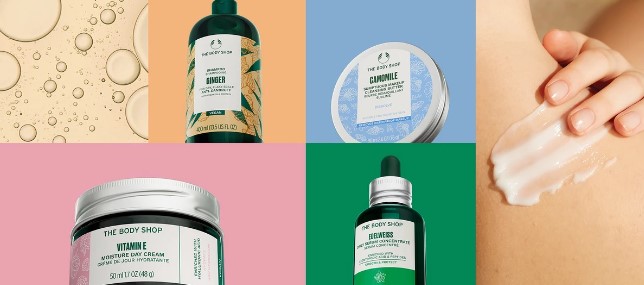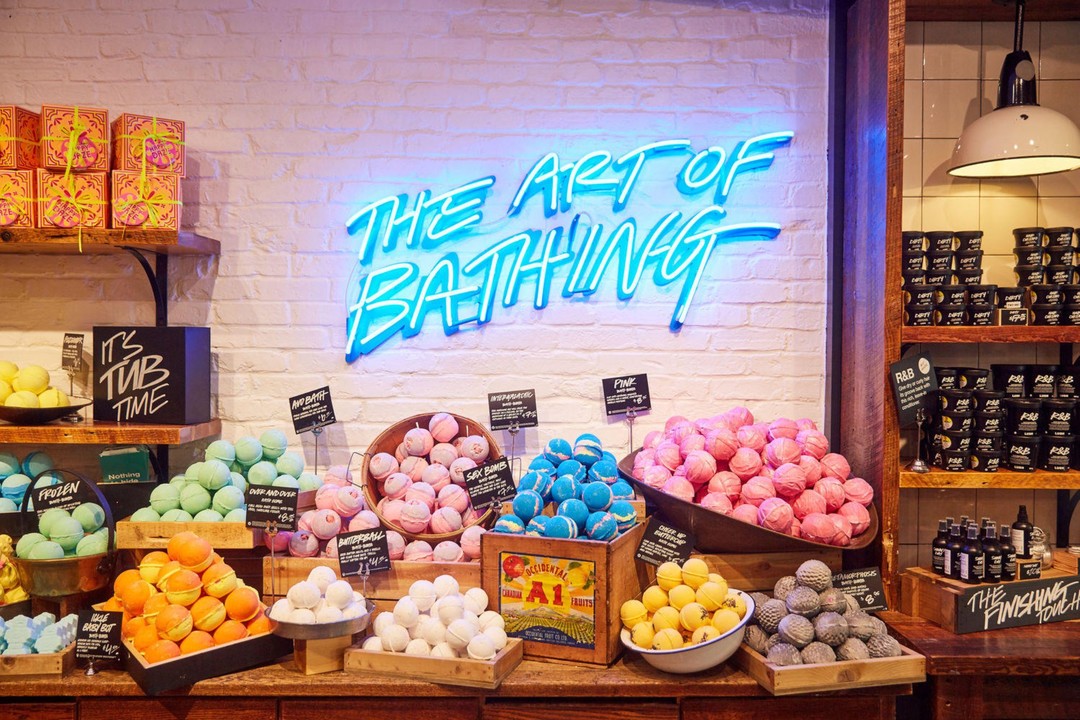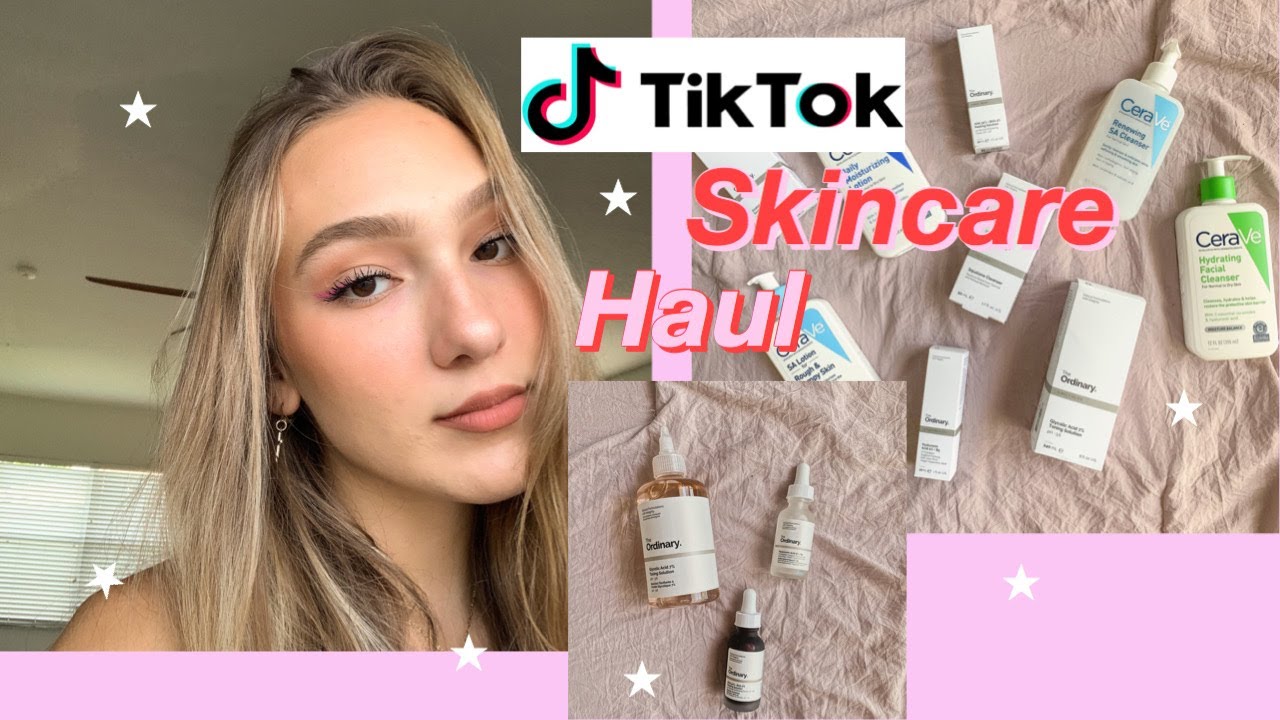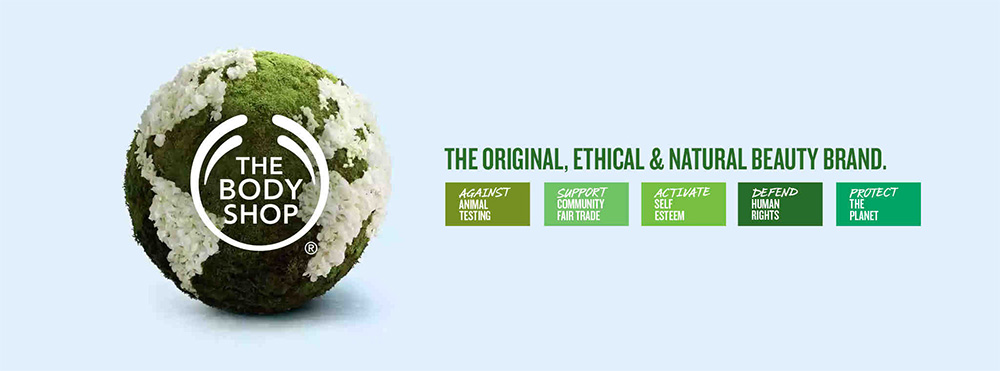There has been lots of negative news recently about the plight of the Body Shop. The UK arm was put into administration last month by private equity firm Aurelius, only three months after they bought the business from Natura. The German arm has also fallen into administration. What went so wrong with a brand that I and many others used to love, to the point where the Body Shop is on the brink of disappearing? And what would it take to revitalise the brand?
Post by Charlotte White, our new Managing Partner based in New York.
The brand challenge
“For children of the 1980s and 1990s, The Body Shop was a Willy Wonka-esque treat”, as the BBC recently reported (1). The sad state of The Body Shop today is a reflection of the changing health and beauty world of teenagers.
Gone are the days of wanting the latest Body Shop Mango Body Butter and Lip Salve and as Lush’s CEO Mark Constantine said, “Feeling like you were helping to change the world”. Instead they want the latest lip gloss from Glossier skin serum from Drunk Elephant or blush stick from Charlotte Tilbury.
It is not just about the products they want, but the shopping experience too. Lots of talk is about the Body Shop stores having lost their magic. Gen Z want Sephora and Ultabeauty. Both offer bold, exciting stores, packed full of likeminded teens exploring a vast array of products, from high-end famous brands to the latest new launches from their TikTok feeds.
Yesterday, I descended down an escalator to Sephora Times Square New York. I went past pop-ups of Rare Beauty with Selena Gomez and Fenty with Rihanna. The bright, pulsating advertising screens reminded me of the excitement felt entering Top Shop Oxford Street many years ago. Bold fast fashion, vibrant trends and that heady sense of excitement about the gems you were about to discover.
If The Body Shop is to survive as a brand, reinventing itself for a new generation starts with a fundamental overhaul of its brand foundations and rediscovering what made it distinctive in the first place.

1. Remember and refresh what made you famous
The Body Shop used to stand head and shoulders above its competition because it was so clear what it and Anita Roddick stood for – ethical change-making beauty. Much has been made of why The Body Shop lost its way post its 2006 sale to L’Oreal. But in a world where younger generations are leading the charge on the environment, sustainability and ethical choices, the Body Shop’s original purpose should actually resonate more than ever.
Rathe than try to compete with the high-tech, celebrity endorsed beauty brands, Bodey Shop should go back to the simple, transparent, manifesto that made it famous in the first place and find its “change-maker” voice again. Embracing the principle of fresh consistency to find relevant product origin stories that will give the brand fresh momentum.

2. Drive meaningful distinctiveness
The Body Shop used to famously be a treasure trove of bold new flavours, scents and textures. At its prime Dewberry and White Musk were in every teenage girls bathroom and school bag. New ingredient led ranges launched with interesting origin stories that added to the sense of discovery and excitement, as well as being a positive choice for the planet.
Now the range is efficacious, sensible and expected. The affordable, quick treat miniatures that should drive news and excitement unchanged for years and indistinct from private label offerings.
In comparison, it is Lush (below) that now draws people off the high street and into its stores with heady scents and playful, handmade formats; a recipe broadly unchanged since 1995. However, Lush has stayed fresh and relevant with a constant stream of news and innovation to keep teenagers coming back for more.
The Body Shop needs to rediscover what made its products meaningfully distinctive: flavour, scent, texture as much as ingredient and origin story. It needs to find the magic that its early portfolio had and re-energize the core.
Whilst teenagers today have never been so knowledgeable about products and ingredients, they are open to experimentation and trying a wide range of brands. The Body Shop should embrace this and reclaim its place in their bathrooms.

3. Connect with a new digitally savvy audience
Young people today spend hours browsing their social media feeds. To connect with them, the Body Shop needs to be in their world, building influencer relationships and creating content that resonates, driving them to seek out the brand.
Last month, my 14 year old daughter and a friend went into New York and every stop was mapped out according to what they had seen on Tik Tok. Each place they visited was then captured and uploaded onto their social feeds.
The Body Shop’s early success was due to its cult status amongst young teens. Reinvention starts with recreating the ‘must have’ buzz the brand once had. Building new influencer relationships and creating content that resonates and drives this audience to seek out the brand.

4. Be where teenagers shop today
Revitalisation is not just about what the brand stands for, but also where it shows up. To reach this new generation, Body Shop needs to be where they buy. Listings in the likes of Sephora, Ulta Beauty and Boots are needed to give the Body Shop fresh relevance and a new launch platform for this savvy new generation to rediscover the brand.
In conclusion, Body Shop needs to remember and radically refresh what made it famous, to provoke positive re-evaluation of the brand. I genuinely hope Aurelius still believes in the potential of the brand and plans to do more than just cut costs and shrink the store footprint. Fingers crossed that my daughter and millions of others young people find Body Shop on their TikTok feeds soon and discover a brand re-born!
SOURCES:
